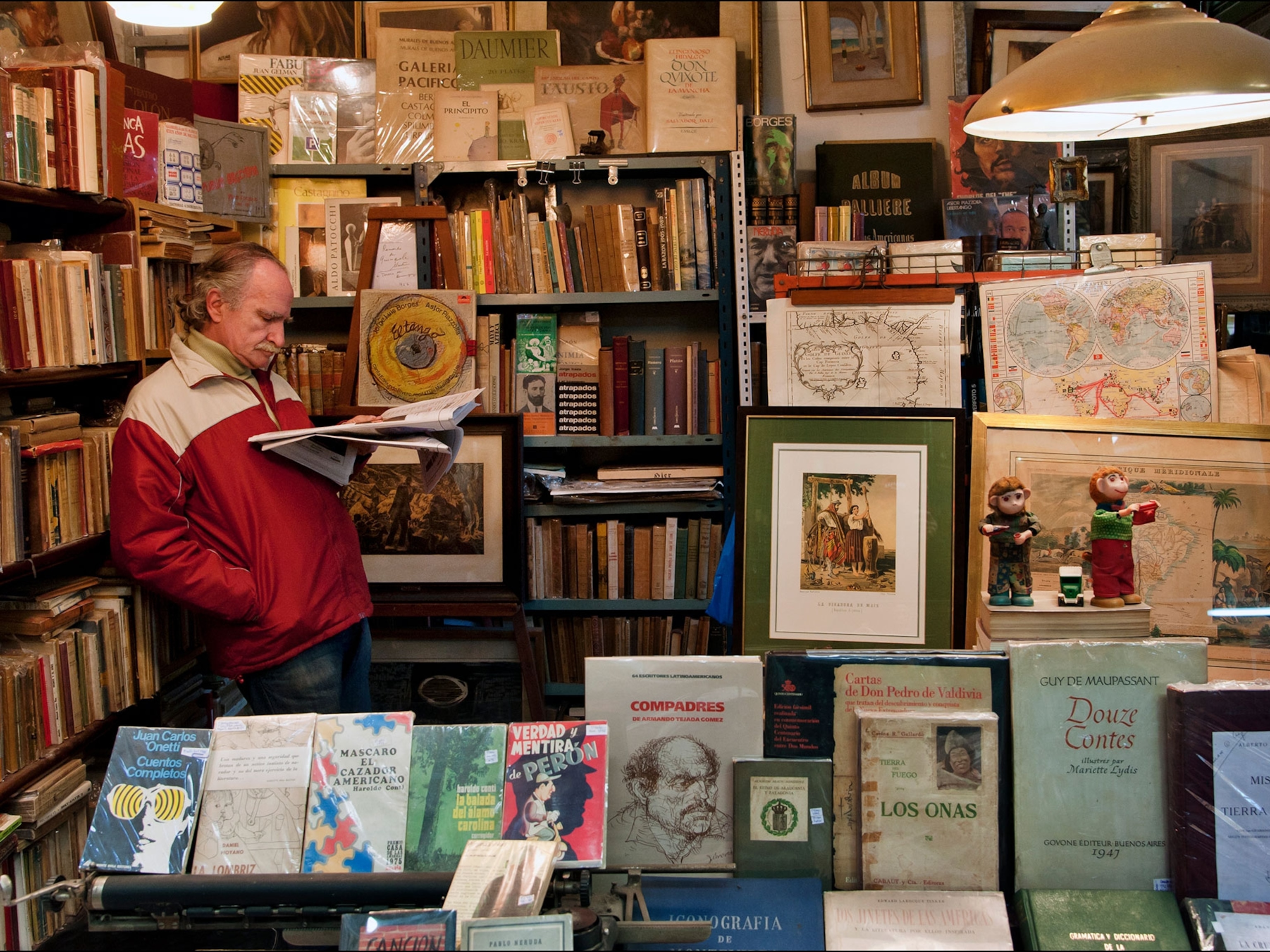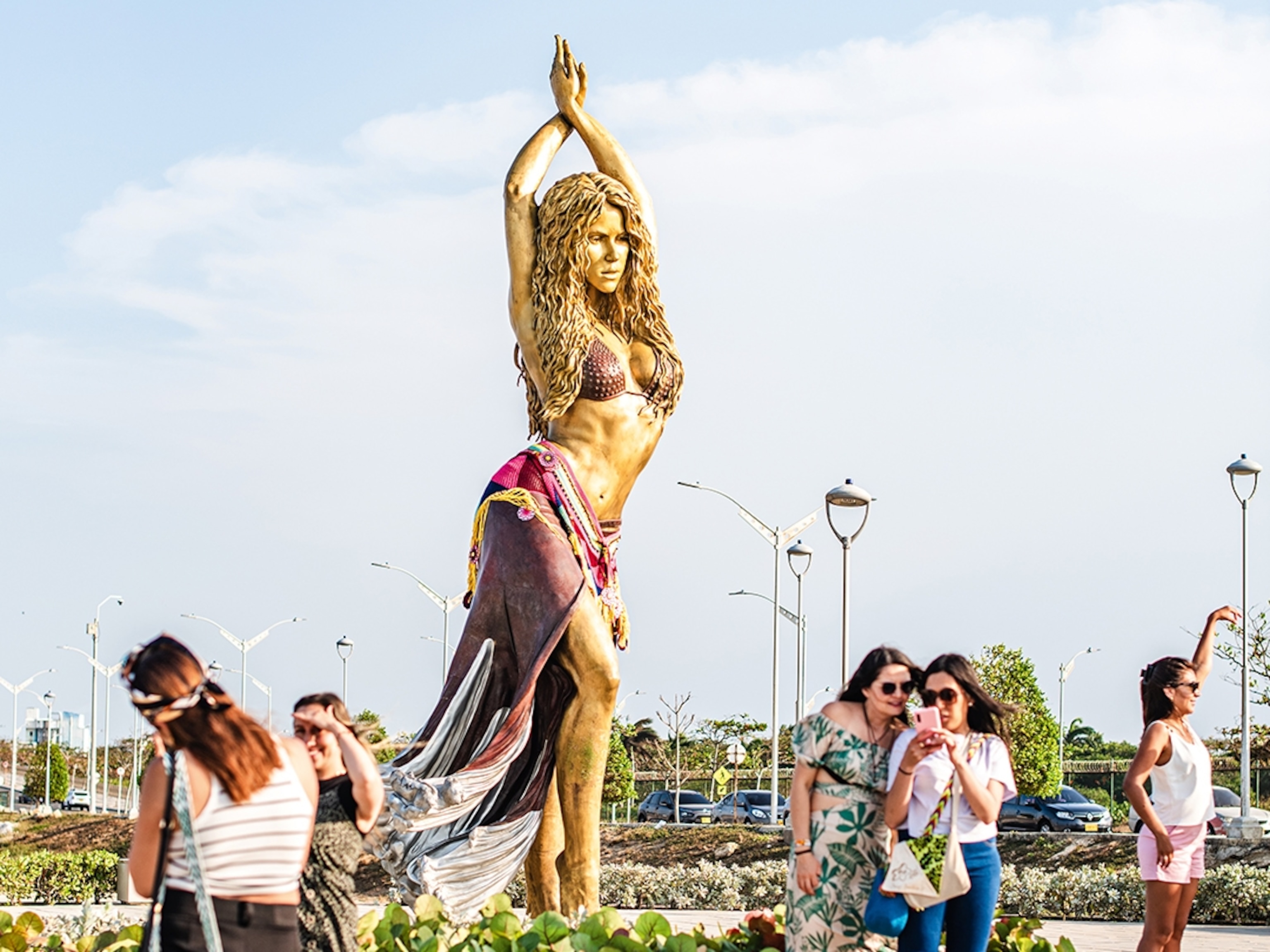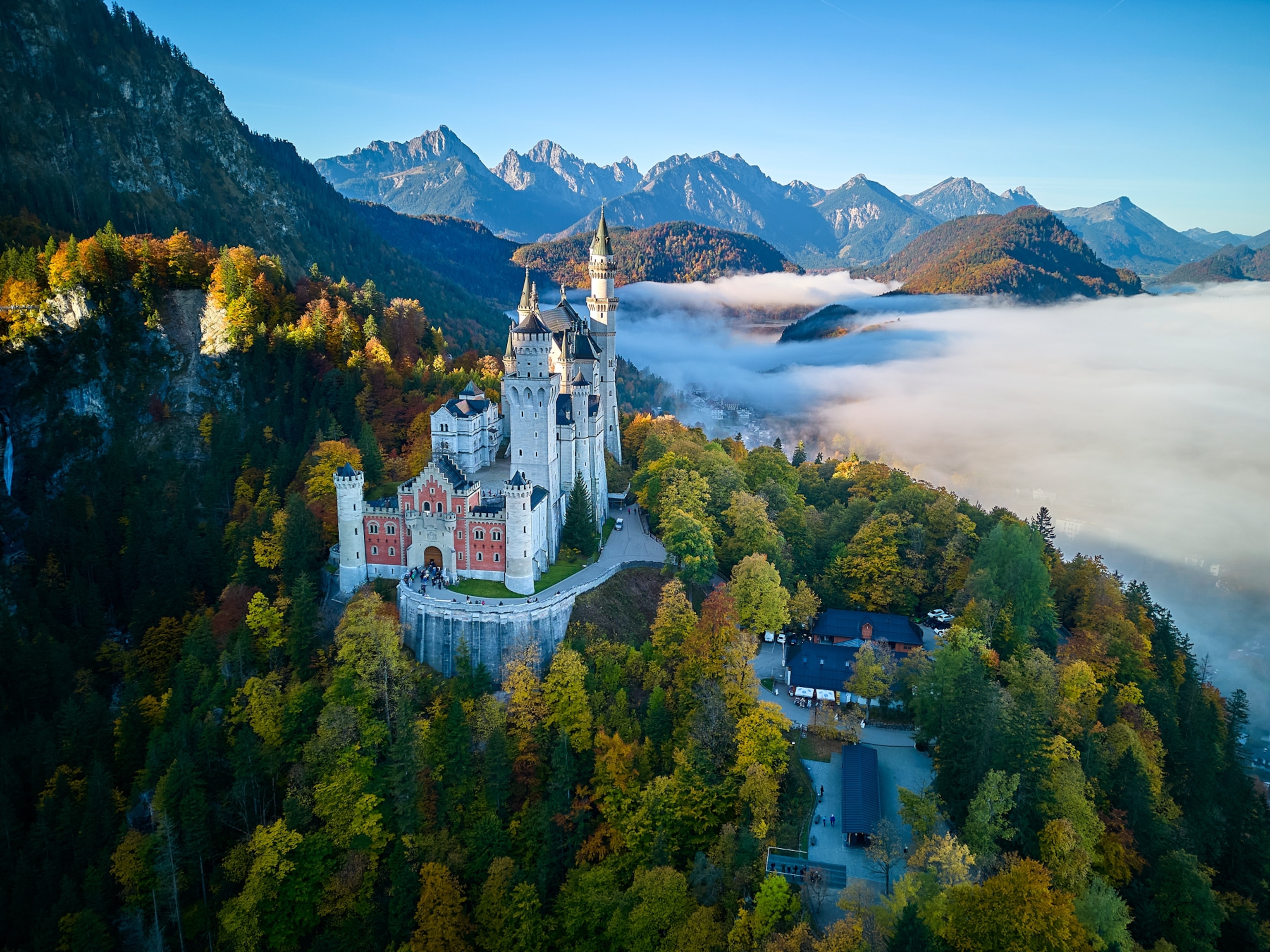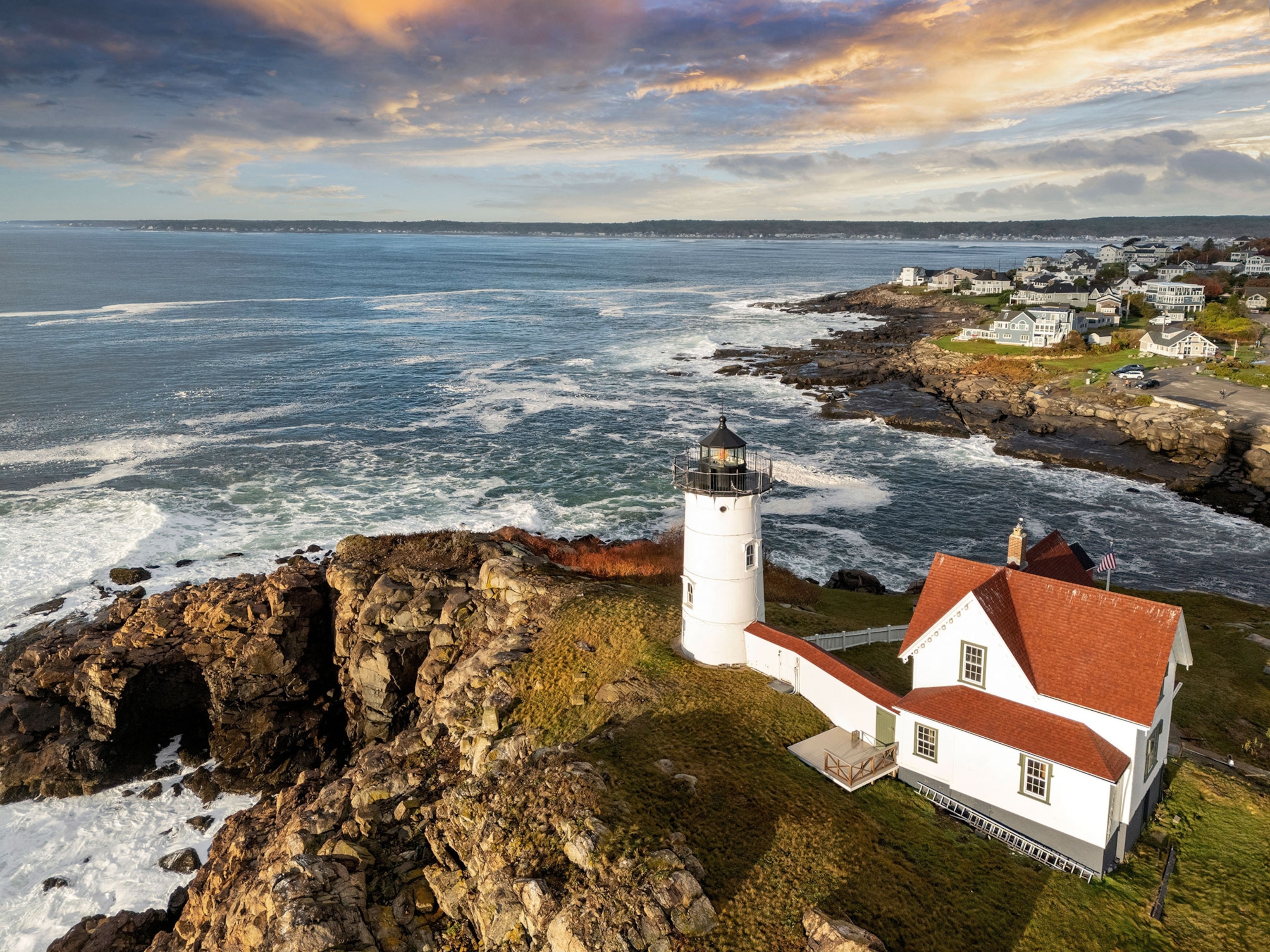
What unites us? A new book explores Americans’ love of home and country
These wild and beautiful places, from sea to shining sea, are what really make the United States great.
What makes America beautiful? In 1893, Katharine Lee Bates embarked on an epic journey across the United States to find out. Along the way, the well-traveled English professor wrote in her diary of “the glory and the music of Niagara Falls,” the amber waves of grain in Kansas, and the purple majesty of the Rocky Mountains. These sights later became the basis of her famous poem, “America the Beautiful.”
It may seem as if Bates’s poem dates to a simpler time. It does not. The nation of her day was as complex and contradictory as is the America of today. To celebrate the spirit of a nation always on the move, National Geographic asked prominent people representing each of America’s 50 states, six territories, and Washington, D.C. to reflect on their homes.
These passages, collected in National Geographic’s new book, America the Beautiful, reveal what so many people have in common—a love of country, from sea to shining sea. Here are a few highlights, featuring iconic sites and hidden gems of a land that aspires, in Bates’s words, to be a “thoroughfare for freedom.”
Alaska under the auroras
Alaska is the last frontier. It’s a wild, vast land no fence can tame. Alps challenge the sky on the white wings of glaciers, the tips of which touch the taciturn sea in their slow migration. Bent grass tells of a bear’s quiet wandering. The songs of wolves fill the night skies. The northern lights a spectacle beyond any psychedelic. Alaska is one of the last truly wild places, a treasure. A teacher of scale and proportion. Here you remember you are not bigger than nature. You do not control nature. Here you learn the exhale of receding tides and autumn days. The exuberant inhale of salmon rushing rivers. You learn to respect and care for Mother, and in turn you learn what it is to be cared for.
Alaska raised me. Taught me what water weighs as I scrambled from streams with a five-gallon bucket for the garden. Alaska taught me how hard it is to grow food, and how valuable it is. I learned that resilience is diversity, and the dangers of a monoculture. Biodiversity translated into diversity of thought—of adapting by being in tune with the needs of our surroundings. Alaska reminds us what it is to be wild. Nature is never neurotic, it never worries or has anxiety. If I am anxious, I know I am out of harmony with nature. Alaska is always here, reminding us how to be human. —By Jewel, award-winning singer-songwriter
(Related: See the breathtaking beauty of America’s least visited national park.)
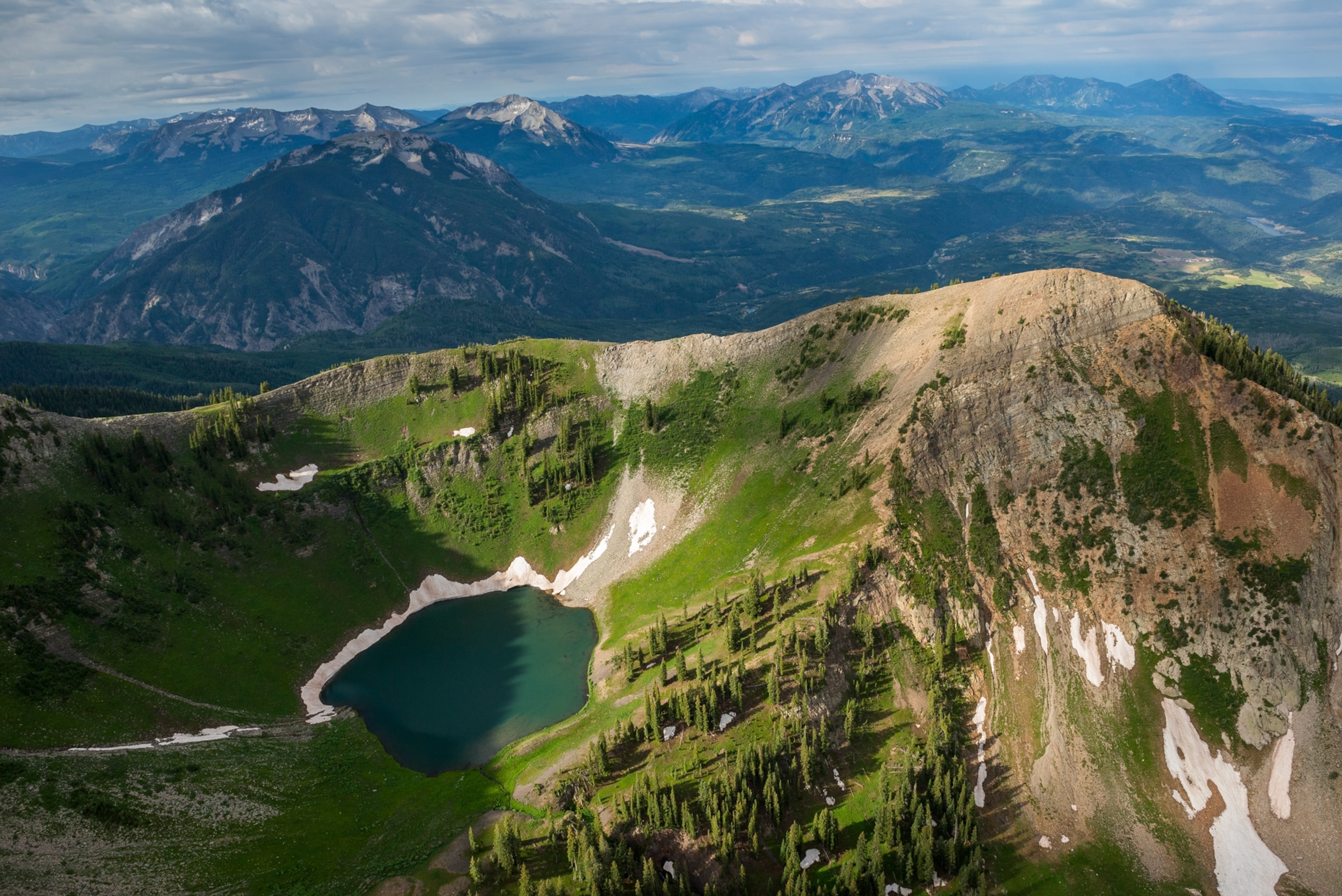
Colorado’s wild wonders
Growing up as a fourth-generation Coloradan, I learned early on to appreciate the diversity of the state’s geography and its people. The ever-present majestic Rocky Mountains, crystal clear rivers and lakes teeming with shimmering rainbow trout and colorful greenback cutthroat trout, dense aspen groves that stretch as far as the eye can see, high plains of sagebrush, stunning canyon lands and plateaus, massive sand dunes and sweeping plains of waving grasses—all made for a backdrop of wonder. People come to Colorado to experience its natural beauty but they stay for the beauty of its welcoming people who possess a uniquely pioneering spirit. —By Robert F. Smith, businessman, philanthropist, and chemical engineer

Connecticut alive with birdsong
When I arrived at the Yale School of Art from Sweden, I was worried that I’d miss the great sprawls of woody Scandinavian wilderness. But when I ventured into Guilford on Connecticut’s shoreline, struck by the vastness of the salt marshes inhabited by meadows of ashen blond phragmites that served to filter the mainland from the sea, I was drawn to the area as home. I learned about a birdlife I had not previously known: the snowy egrets that gathered at dusk as a community amid the branches of a sheltered bay along Leetes Island; the occasional red-winged blackbird; the American widgeon; and the nesting osprey within magnificent bundles of sticks, barks, grasses, and algae balanced precariously high on old telephone poles along the coast. —By Marta Kuzma, dean, Yale School of Art

The lessons of Hawaii
No place else could have provided me with the environment in which I could not only grow, but also get a sense of being loved. There is no doubt that the residue of Hawaii will always stay with me; it’s a part of my core. What’s best in me, and what’s best in my message, is consistent with the tradition of Hawaii. —By Barack Obama, 44th U.S. president

Idaho in lilac and peach
I’ve lived a lot of places but only Idaho feels like home. Other mountains are either too jagged or too gentle; the sunsets not quite the familiar blend of lilac and peach. Perhaps home is not so much a place as a lens through which we perceive the world. —By Tara Westover, New York Times best-selling author of Educated

A safe harbor in Maine
Clinging to the United States by its tenuous border with New Hampshire, Maine is more a part of the wild Atlantic and the Canadian Maritimes than America. A refuge from civilization to the south, it is a safe harbor for the individual spirit to thrive. Thank you, Maine, for not being on the way to anywhere in particular. Just Maine. —By Roxanne Quimby, founder, Burt’s Bees
(Related: Why are so many artists drawn to Maine?)

Ageless Northern Mariana Islands
Imagine feeling that the land beneath your feet has been home to your ancestors for thousands of years. That is how the people of the Marianas feel every day. As minute as our islands may be in the vastness of the Pacific, they are enduring. And we feel enduringly rooted to them. —By Gregorio Kilili Camacho Sablan, U.S. congressman representing the people of the Northern Mariana Islands
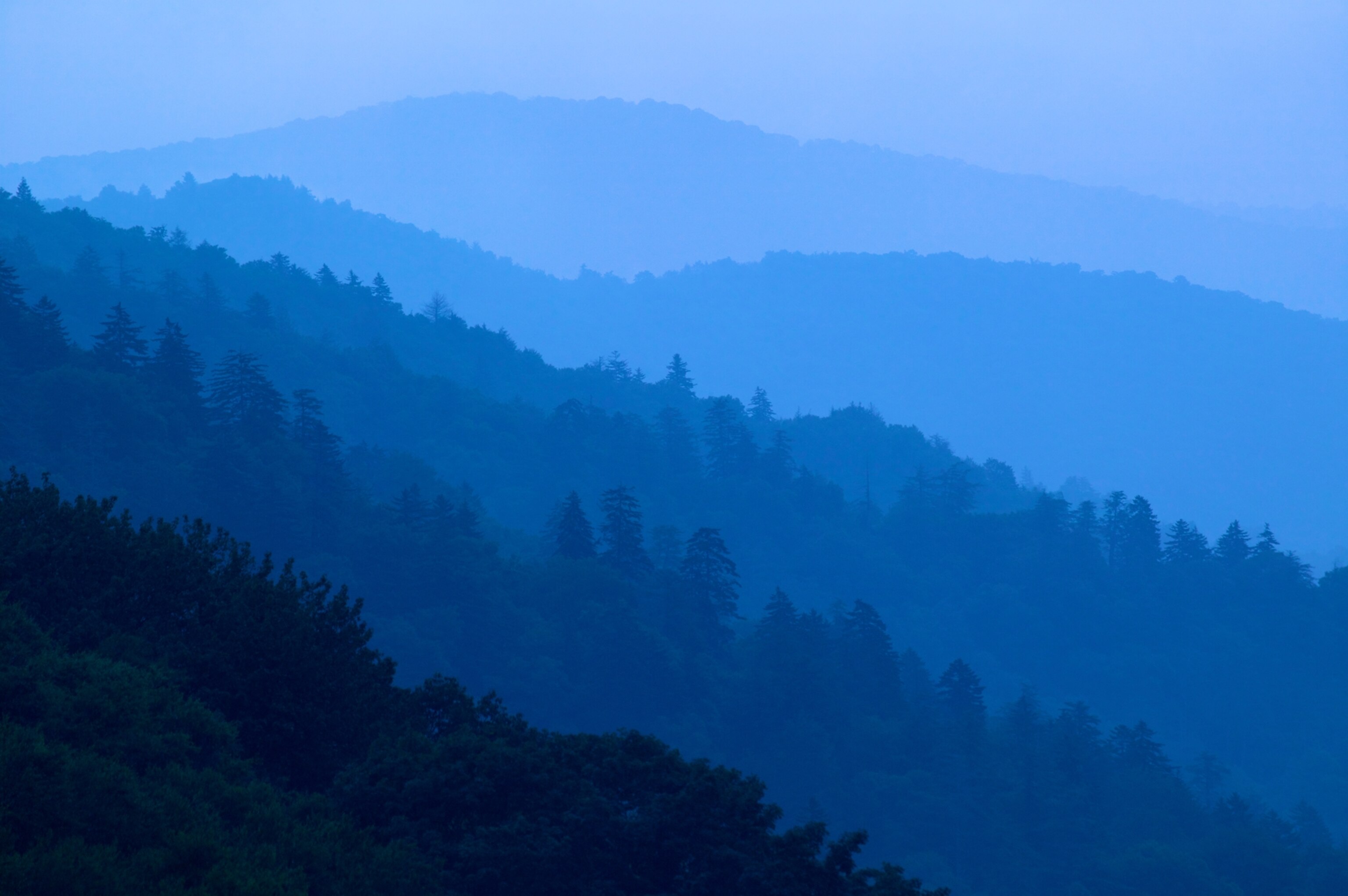
Tennessee beyond the Smokies
One way to look at Tennessee is to notice how it stretches from the Smokies to the Mississippi with reverential stops for country, blues, and rock-and-roll music, barbecue, Civil War battlefields, and civil rights memorials. For me, Tennessee’s more personal: lessons in integrity from my father the judge, learning an appreciation for good food from my mother the dietician, and an awakening to the larger world while at picturesque Rhodes College. But it was my grandmother who introduced me to my life’s work on our fifth-generation family farm in Madison County. Groomed to be a farmer, I instead got stuck on seeds. —By Cary Fowler, agriculturalist, former executive director, Global Crop Diversity Trust


Wyoming’s hopeful spirit
In Wyoming’s plains, mountains, and meadows, I’ve experienced its diverse flora and fauna—from tiny alpine flowers and bustling insects to the majestic bison and grizzly bears. I’ve watched cutthroat shimmer in streams and seen birds of prey pursue them. I’ve marveled at its hydrothermal features and paused to honor the history and people of this land. To me, Wyoming is a vast tapestry of natural and cultural wonders, which inspires the soul and brings an intense feeling of being free and alive in a world of possibility and hope. —By Hillary Robison, deputy chief, Yellowstone Center for Resources, Yellowstone National Park




